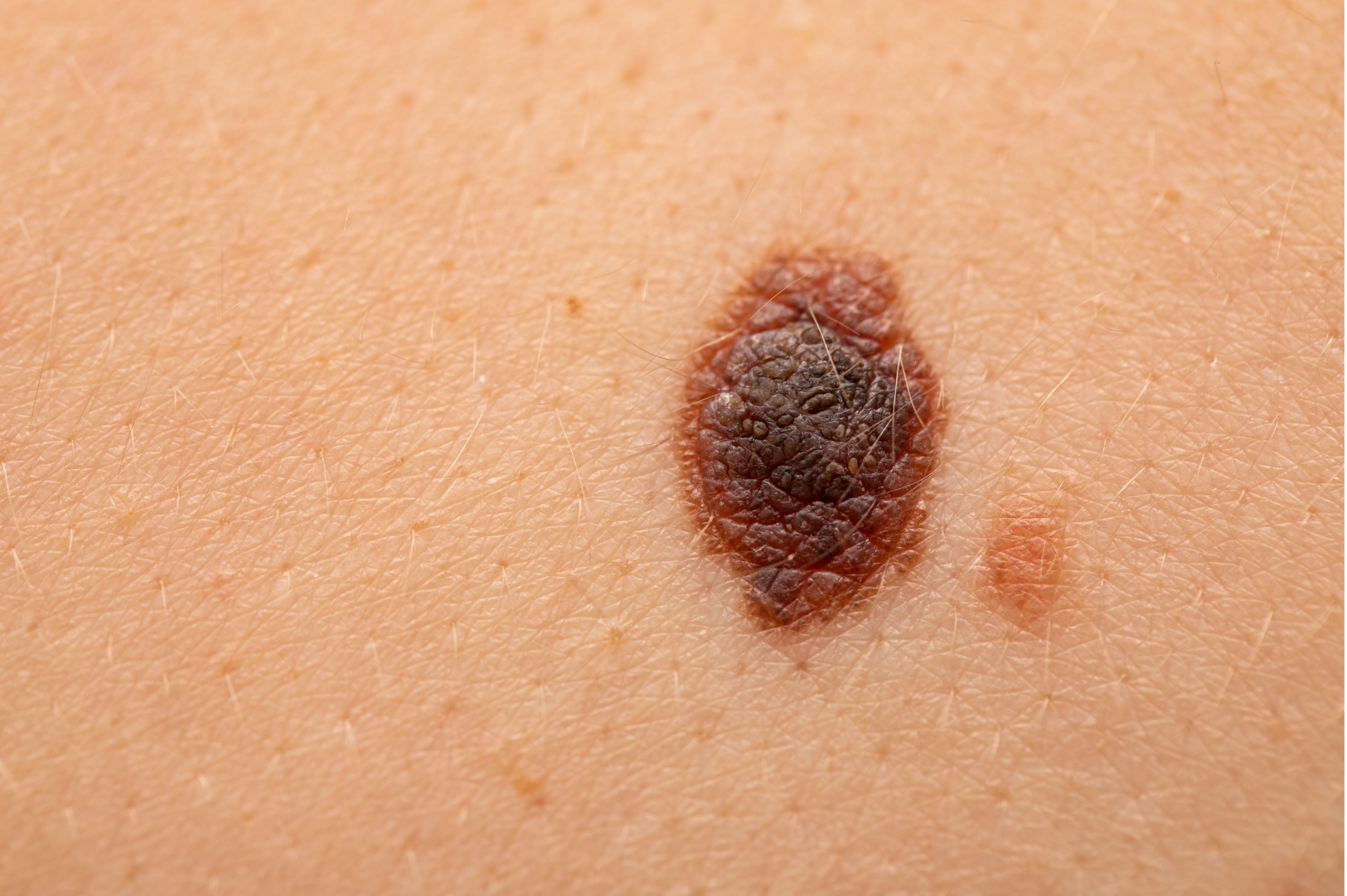
Have you noticed any changes in your existing mole? Or have you developed an unusual mark on your body with ragged borders? Well, what you see may indicate something serious and requires medical evaluation. You may be suffering from a serious form of skin cancer known as "Melanoma." This is the most common and invasive type of skin cancer with an increased risk of death. However, it is highly curable if detected at an early stage. Melanoma can appear anywhere in your body, but they are more likely found in sun-exposed areas like the face, arms, back, and legs. Treatment may be critical, but based on the severity and the stage of the cancer, it may include surgical removal, radiation therapy, and immunotherapy.
Read on to explore everything about this invasive cancer that can deteriorate if not detected and treated on time.
Melanoma, also known as black tumor, is the most dangerous and invasive form of skin cancer. It develops when pigment-producing cells called melanocytes mutate and begin to increase and divide uncontrollably. It proliferates and can spread to any organ. Most melanomas are black or brown, while some are pink, red, purple, or skin-colored.
About 30% of melanoma begins in existing moles (a beauty mark present since birth or develops a few weeks after birth), but the rest start in normal skin. It accounts for 1% of all skin cancers but causes an increased risk of fatality. It is most common among young people under 30, especially young women.
The cancer stage indicates how much it has spread and what treatment would suit it. The stages include:
Four types of melanomas have been discussed below:
Most often, it is believed that melanomas are caused due to increased sun exposure, especially sunburns when you are young. According to statistics, 83% of melanomas are caused by UV (ultraviolet) rays. UV exposure damages the cell's DNA, making genetic changes that affect how the cells grow and divide.
Risk Factors
Although anyone can develop melanoma, there is an increased susceptibility to developing the disease if you have:
In the early stages, melanoma may be difficult to detect. However, alterations in the appearance of the skin are vital indicators of melanoma.
Here is a list of symptoms that may prompt you to visit a doctor:
Melanoma can be diagnosed through skin changes that indicate the presence of abnormal cell mutation. Tumor thickness and spread can help determine the stage of the disease so that an appropriate treatment plan can be designed.
Your dermatologist (a doctor specializing in the diagnosis and treatment of conditions related to the skin, hair, and nails) can identify abnormal cells through the following diagnostic tests.
Your melanoma treatment depends on the stage of the melanoma and your general health.
Treatments for melanoma include:
You can reduce your risk of melanomas by preventing excess sun exposure. The below tips can help you protect your skin:
Melanoma can be scary since it is highly invasive and aggressive. Thus, it is essential to look for skin changes that may indicate the presence of melanomas. Your doctor can effectively diagnose the tumor through several diagnostic and imaging tests to help tailor your personalized treatment plan. Be alert and seek medical help immediately for any abnormal skin changes in your existing mole or any new spot or bump on your skin.
Melanoma, when detected early, can be beneficial since it is the most durable in the initial stages.